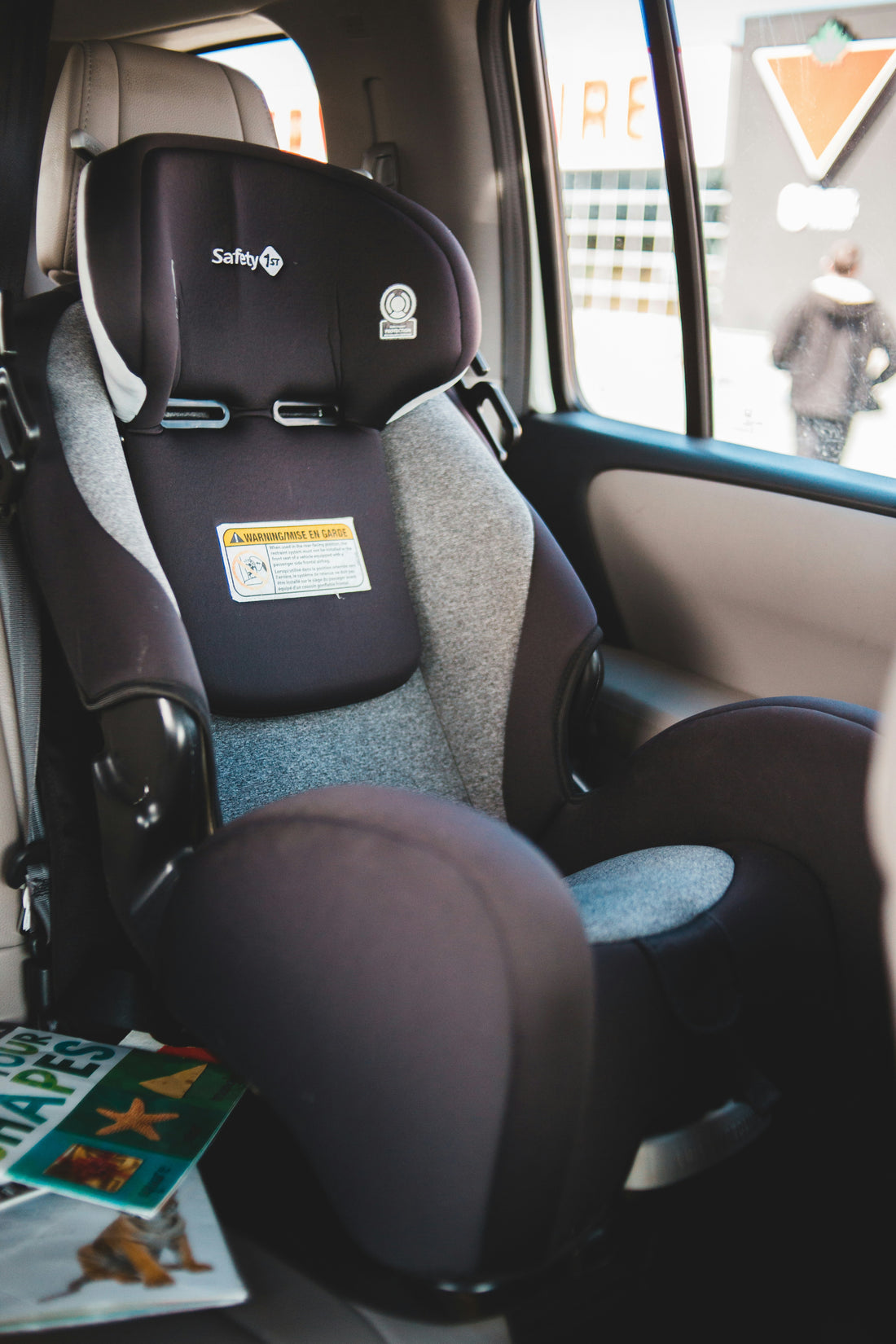Welcoming a newborn into your family is an exhilarating experience, but it also comes with a host of responsibilities, not the least of which is ensuring their safety, especially during travel. Selecting the right car seat for your newborn is one of the most crucial decisions you'll make as a parent. With a myriad of options available on the market, it can be overwhelming to navigate through the choices. However, prioritizing safety, comfort, and convenience will guide you toward making the best decision for your little one.
Understanding the Basics
Before delving into the features and specifics of newborn car seats, it's essential to understand the basics. The American Academy of Pediatrics (AAP) recommends that infants and toddlers should ride in a rear-facing car safety seat for as long as possible, until they reach the highest weight or height allowed by their seat. This typically means keeping your child rear-facing until at least age two.
Consider Safety Standards and Ratings
When selecting a newborn car seat, prioritize safety above all else. Look for seats that meet or exceed safety standards set by regulatory bodies like the National Highway Traffic Safety Administration (NHTSA) in the United States or the European Safety Standard (ECE R44/04) in Europe. Additionally, check for crash test ratings from organizations like Consumer Reports and the Insurance Institute for Highway Safety (IIHS) to ensure the seat's performance in real-world scenarios.
Evaluate Size and Compatibility
Newborns require specialized car seats designed to accommodate their smaller size and delicate bodies. Infant car seats, which are rear-facing only, are specifically tailored to meet the needs of newborns. They typically come with inserts to provide additional support and ensure a snug fit for your baby. Consider the dimensions of the car seat and how it will fit in your vehicle, particularly if you have a small car or need to accommodate multiple car seats.
Installation and Ease of Use
Proper installation is paramount for the effectiveness of a car seat. Look for seats with straightforward installation processes, preferably featuring user-friendly mechanisms like LATCH (Lower Anchors and Tethers for Children) or ISOFIX attachments for secure installation. Ensure that the seat can be correctly installed in your vehicle and that you feel comfortable with the process. Many manufacturers offer installation videos or have certified technicians available for assistance.
Comfort and Convenience Features
While safety is the top priority, considering comfort and convenience features can enhance your overall experience. Look for seats with adjustable harnesses and multiple recline positions to accommodate your baby's growth and provide optimal comfort during travel. Additionally, features like machine-washable covers, canopy extensions for sun protection, and compatibility with strollers can make your life as a parent much easier.
Budget Considerations
Newborn car seats come in a wide range of prices, so it's essential to establish a budget before beginning your search. While it's tempting to splurge on the latest high-tech models, keep in mind that all car seats sold in the United States must meet the same safety standards, regardless of price. Evaluate your needs and prioritize safety and functionality over fancy features that may not be essential.
Conclusion
Choosing a newborn car seat is a significant decision that requires careful consideration of safety, size, installation, comfort, and budget. By prioritizing these factors and thoroughly researching your options, you can select a car seat that provides optimal protection for your precious cargo while offering convenience and peace of mind for you as a parent. Remember, safety is non-negotiable when it comes to your child's well-being, so invest the time and effort to make an informed decision.
